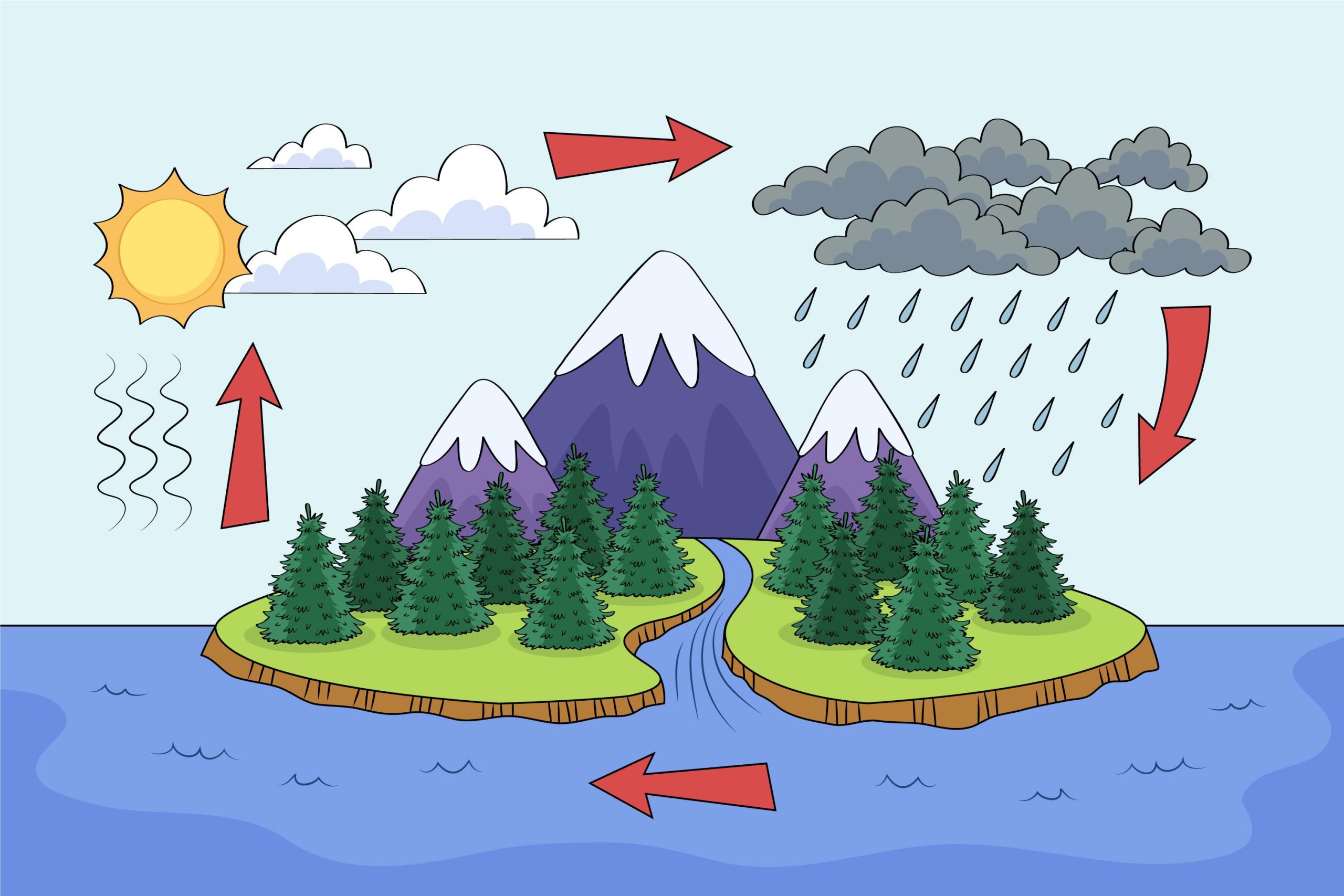
Weather vs. Climate: Unraveling the Distinctions and Understanding their Significance
-
by Margaret Miller
- 1812
Conversations about the weather are a ubiquitous icebreaker, but have you ever wondered about the broader context of climate? Weather and climate are terms often used interchangeably, but they represent distinct phenomena with significant implications. In this article, we embark on a journey to unravel the differences between weather and climate, exploring their unique characteristics, driving forces, and impacts on our lives. By understanding these distinctions, we gain valuable insights into the dynamic systems that shape our planet.
Weather: The Daily Mood Swings of the Atmosphere
Weather refers to the atmospheric conditions in a particular place at a specific time. It encompasses short-term variations in temperature, humidity, precipitation, wind speed, and atmospheric pressure. Weather is what we experience on a day-to-day basis, determining whether we need an umbrella, a sweater, or sunglasses. It is a constantly changing, dynamic aspect of the Earth’s atmosphere, often influenced by regional and seasonal factors.
Climate: The Long-Term Personality of a Region
Climate, on the other hand, is the long-term average of weather conditions in a particular region over an extended period, typically spanning decades to centuries. It represents the typical atmospheric patterns and conditions that characterize a location or region. Climate provides a sense of the “personality” of a place, such as a tropical rainforest, a desert, or a temperate coastal area. It helps us understand the prevailing weather patterns and temperature ranges of a region over an extended period.
Driving Forces: Short-Term Variability vs. Long-Term Trends
The driving forces behind weather and climate differ significantly. Weather is influenced by short-term factors, such as the movement of air masses, changes in atmospheric pressure systems, and seasonal variations. These factors cause day-to-day fluctuations in temperature and precipitation, leading to variations in weather patterns.
On the other hand, climate is shaped by more complex, long-term factors, including the Earth’s position relative to the sun, ocean currents, and the composition of the atmosphere. Over longer periods, these factors contribute to the gradual shifts and trends in temperature and weather patterns that define a region’s climate.
Forecasting vs. Modeling: Predicting the Future
Forecasting weather and projecting climate require different approaches and tools. Weather forecasts are based on current atmospheric conditions and use mathematical models to predict short-term changes in weather. These forecasts are typically accurate for a few days ahead, helping us plan daily activities and prepare for potential weather events.
Climate projections, on the other hand, rely on climate models that simulate the Earth’s atmosphere and its interactions with oceans, land, and ice. These models help scientists project long-term climate trends and changes based on various scenarios, such as greenhouse gas emissions and land-use changes. Climate projections provide insights into the potential impacts of human activities on our planet over the coming decades and centuries.
Impacts on Our Lives: The Here and Now vs. Future Challenges
Weather has immediate and direct impacts on our daily lives. It influences our clothing choices, outdoor activities, travel plans, and agricultural practices. Extreme weather events, such as hurricanes, heatwaves, and blizzards, can have significant consequences on communities and infrastructure.
Climate, on the other hand, has broader and more gradual impacts on the environment, ecosystems, and human societies. Changes in climate can lead to shifts in agricultural patterns, water availability, sea levels, and the distribution of plant and animal species. Addressing climate change is essential for safeguarding our planet’s ecosystems and ensuring the well-being of future generations.
Adaptation vs. Mitigation: Navigating Climate Change
Dealing with weather-related challenges often involves short-term adaptation strategies, such as building stronger infrastructure to withstand storms or implementing water management techniques during droughts. These measures help communities cope with immediate weather events and minimize their impacts.
Addressing climate change requires a different approach. Mitigation efforts focus on reducing greenhouse gas emissions and limiting human activities that contribute to global warming. By transitioning to renewable energy sources, enhancing energy efficiency, and promoting sustainable practices, we can help mitigate the long-term impacts of climate change on our planet.
Climate Literacy: Empowering Informed Decision-Making
Understanding the distinctions between weather and climate is crucial for climate literacy, empowering individuals to make informed decisions about environmental issues. By comprehending the long-term implications of climate change, we can advocate for sustainable policies, support climate-friendly initiatives, and contribute to a more resilient and environmentally conscious world.
The Big Picture: Harmonizing Weather and Climate
In conclusion, weather and climate are interconnected yet distinct aspects of the Earth’s atmospheric system. Weather represents the day-to-day mood swings of the atmosphere, while climate characterizes the long-term personality of a region. Each has its driving forces, forecasting methods, and impacts on our lives.
Harmonizing weather and climate awareness is essential for building a sustainable future. By embracing weather’s immediate challenges and understanding climate’s broader trends, we can navigate the complexities of our dynamic planet and take proactive steps towards preserving its beauty and diversity for generations to come. So, let us continue to unravel the distinctions between weather and climate, fostering a deeper appreciation for the intricate dance of our atmospheric system.
Conversations about the weather are a ubiquitous icebreaker, but have you ever wondered about the broader context of climate? Weather and climate are terms often used interchangeably, but they represent distinct phenomena with significant implications. In this article, we embark on a journey to unravel the differences between weather and climate, exploring their unique characteristics,…
Conversations about the weather are a ubiquitous icebreaker, but have you ever wondered about the broader context of climate? Weather and climate are terms often used interchangeably, but they represent distinct phenomena with significant implications. In this article, we embark on a journey to unravel the differences between weather and climate, exploring their unique characteristics,…